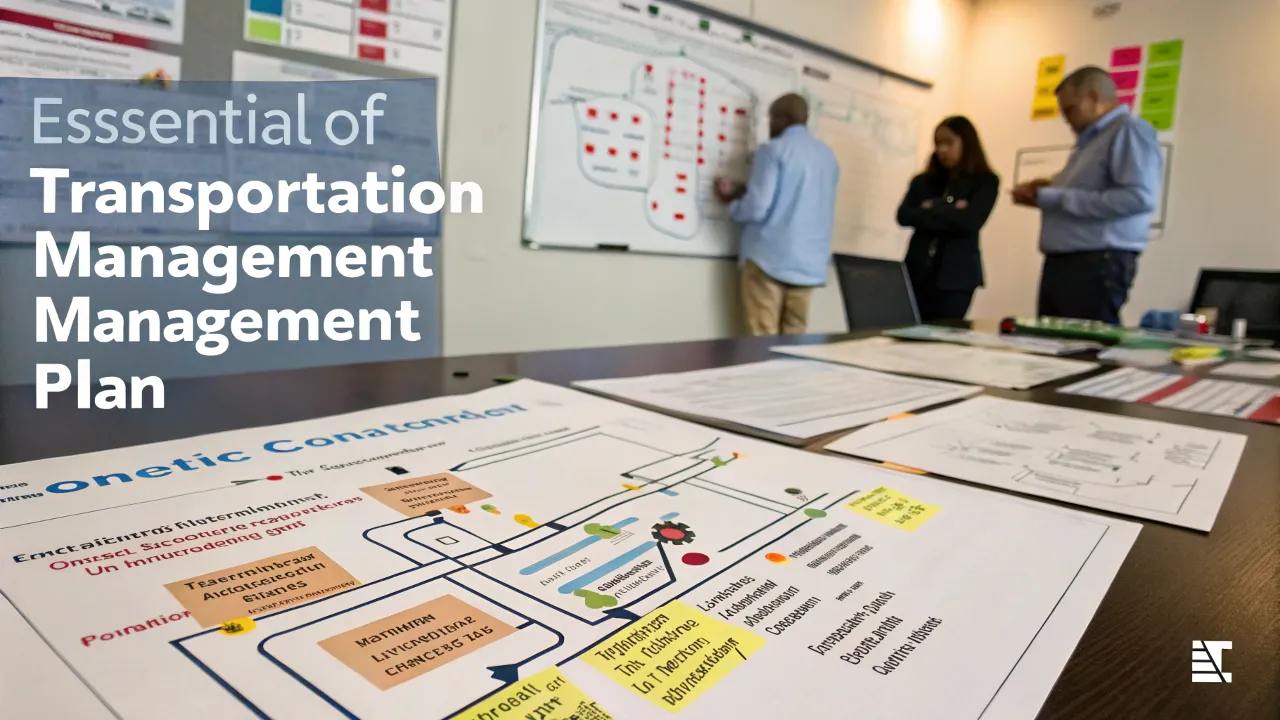Table of Contents
1. Route Optimization
Efficient route planning reduces fuel consumption and delivery times. Advanced tools like GPS tracking and AI-powered logistics software help identify the fastest and most cost-effective paths.
Example: Companies like Amazon use dynamic routing algorithms to adjust delivery paths in real-time, cutting costs and improving speed.
2. Carrier Selection & Management
Choosing the right carriers—whether in-house or third-party—impacts cost and reliability. Factors to consider include:
- Pricing models (flat-rate vs. variable)
- Service reliability
- Geographic coverage
Best Practice: Maintain a diversified carrier portfolio to mitigate risks from delays or capacity issues.
3. Freight Consolidation
Combining smaller shipments into full truckloads (FTL) reduces per-unit shipping costs. A Transportation Management Plan should include strategies for consolidation where feasible.
Example: Retailers often consolidate shipments from multiple suppliers to a central warehouse before final distribution. More Read About: Tracking System.
4. Technology Integration
Modern TMPs rely on technology such as:
- Transportation Management Systems (TMS) – Automates freight scheduling and tracking.
- IoT & Telematics – Monitors vehicle health and driver behaviour.
- Blockchain – Enhances transparency in freight documentation.
Case Study: Walmart’s blockchain-based freight tracking system reduced invoice disputes by 97%.
5. Performance Analytics & KPIs
Measuring success is crucial. Key metrics include:
- On-time delivery rate
- Cost per mile
- Fuel efficiency
- Customer satisfaction scores
Regular audits ensure continuous improvement in your Transportation Management Plan.
Benefits of Implementing a Transportation Management Plan
1. Significant Cost Savings
By optimizing routes and consolidating shipments, businesses can reduce fuel and labour expenses by up to 30%.
2. Enhanced Supply Chain Visibility
Real-time tracking improves decision-making and reduces disruptions.
3. Regulatory Compliance
A structured TMP ensures adherence to safety and environmental regulations, avoiding fines.
4. Competitive Advantage
Faster, more reliable deliveries improve customer retention and brand reputation.
Also Read: The Rise of Independent Gas Transporters: Revolutionizing Energy Logistics
Challenges & Solutions in Transportation Management
Challenge 1: Rising Fuel Costs
Solution: Implement fuel-efficient vehicles and alternative energy sources (e.g., electric trucks).
Challenge 2: Driver Shortages
Solution: Invest in driver training programs and autonomous vehicle technology.
Challenge 3: Last-Mile Delivery Complexities
Solution: Use micro-fulfilment centres and drones for urban deliveries.
Future Trends in Transportation Management
- Autonomous Vehicles – Self-driving trucks could revolutionize freight transport.
- AI-Powered Predictive Analytics – Forecasts demand and optimizes logistics dynamically.
- Green Logistics – Increased adoption of electric and hydrogen-powered fleets.
A forward-thinking Transportation Management Plan must adapt to these innovations.
Closing Words
A well-designed Transportation Management Plan is no longer optional—it’s a necessity for businesses aiming for efficiency, cost savings, and sustainability. By leveraging technology, optimizing routes, and continuously monitoring performance, companies can stay ahead in an increasingly competitive market.
Start refining your Transportation Management Plan today and unlock the full potential of your logistics operations.

